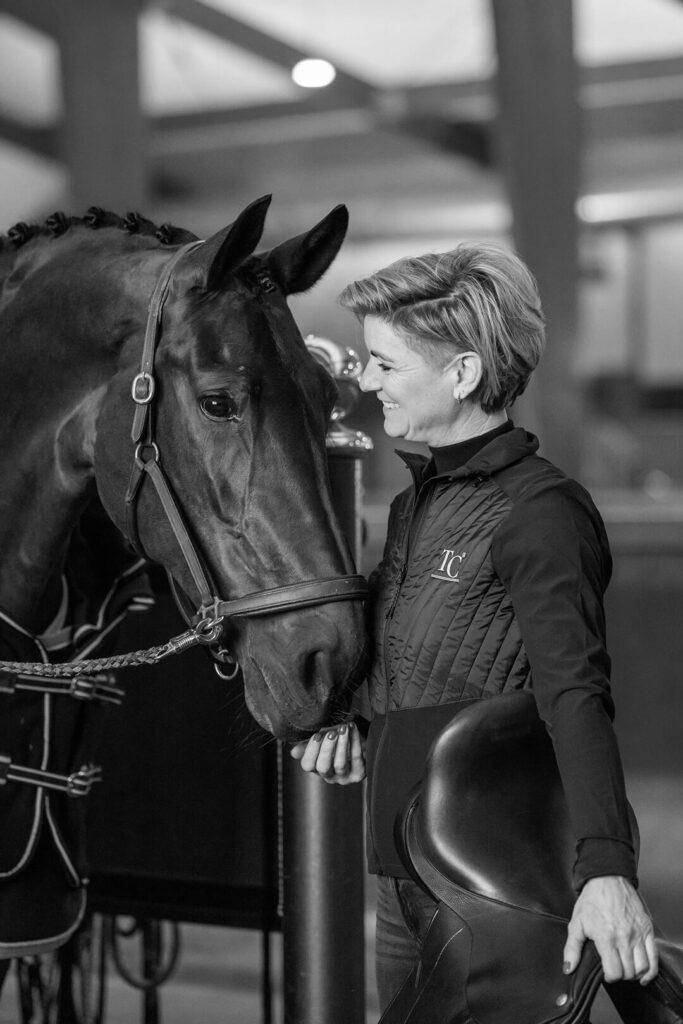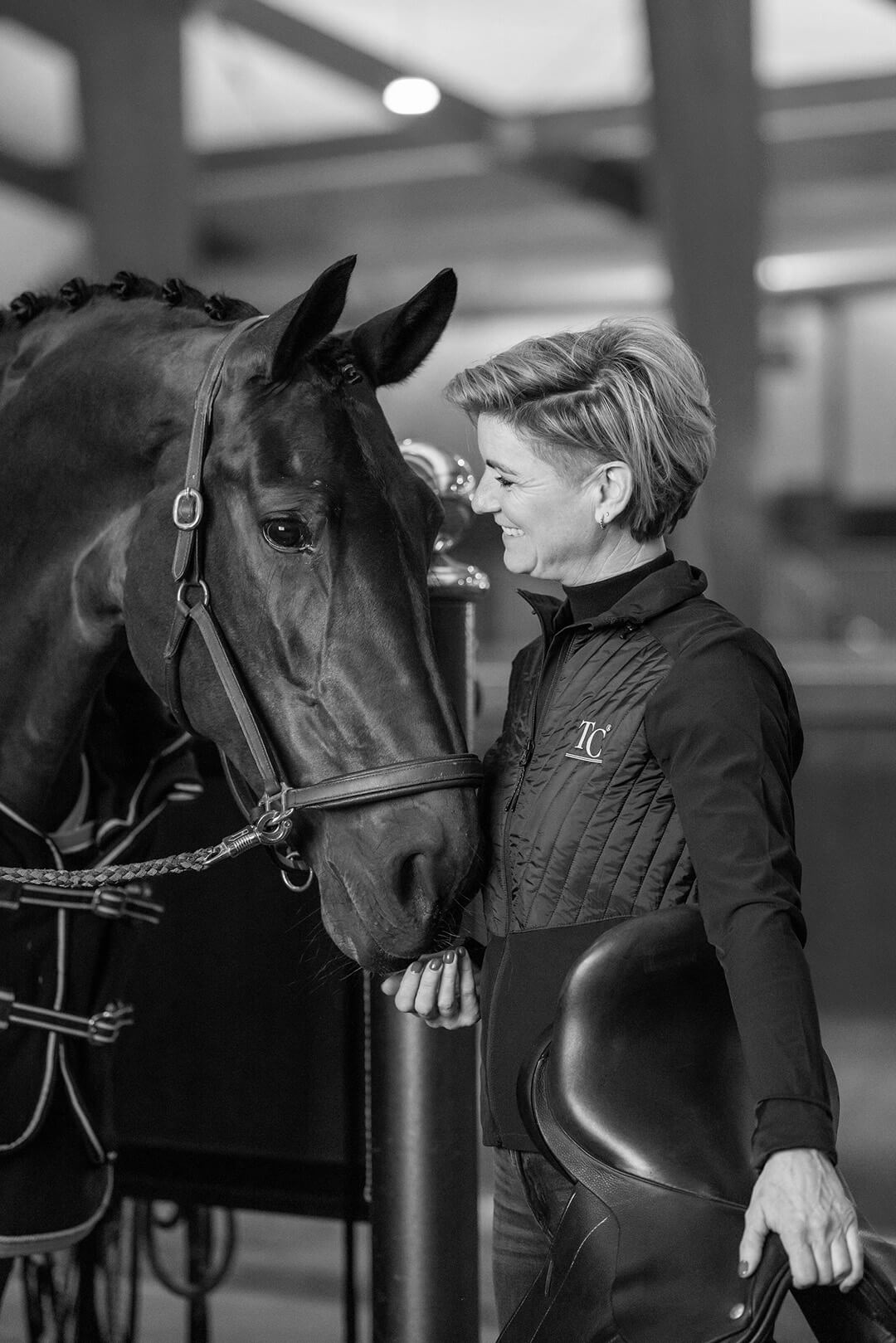A few weeks ago, a saddle maker asked me an interesting question: “Why did you start TreeClix?” It made me think about my journey. Surprisingly, my answer was both true and contradictory. Not that I had never thought about this before, but suddenly it just struck me.
Training horses: embracing change
I’ve always believed in training horses with the goal of helping them develop and improve, and therefore change. I started riding horses at the age of six and ever since I was old enough to understand, my goal was to help my horse develop and get better. I wanted my horses to build bigger muscles, a stronger neck, a bigger butt. After a good training session, my horse always seemed bigger to me. Like he had grown 5cm in one hour. To change my horses was my goal, by food and exercise. Seeing them grow and improve posture made me proud, it showed they were doing well.
Similarly, when I worked as a trainer with many horse-rider combinations, my goal was always to help the horses improve. To make them grow and develop, grow strength and gain flexibility. Seeing them change over time, whether in years, months, or even weeks, was the best reward.
Saddle fitting: fearing change
At the age of 32, I started working as a saddle fitter. In saddle fitting courses, we learn a lot about horse anatomy and conformation, how they should move, and how to assess their (current) condition. We learn to take templates and keep proper records. But we don’t learn how to address the changes horses inevitably go through, except maybe by using pads or changeable gullets.
Suddenly, I feared horses would change. I worried the saddles I fitted might not fit anymore. In fact, I desperately wanted the horses to stay the same. When I explained this to the person who asked about TreeClix, he laughed: “That doesn’t make sense!” And he was right—it doesn’t.
But horses do change
Of course, nobody can exactly predict how a horse’s body will change, but it is likely to change many times, especially in width. Most horses experience significant seasonal changes. But also factors like injury, moving to a new stable, changes in training, diet, or rider can affect a horse’s condition. And as said before: training them will make them change.
Did you know that a lot of horses, especially dressage horses, narrow down over the years, due to postural change? While they do gain muscle, the thoracic area (T6-T14) shows more postural changes than muscle growth. Training the thoracic sling muscles helps the horse to lift its withers, engage its back, and bend its pelvis and hind legs. This wither lift becomes more visible in the horse’s overall posture over the years. It can result in a horse that narrows in the area where the saddle tree points sit, by up to 3 cm.
Why adjust a saddle?
A saddle’s fit is directly affected by the horse’s condition (width). In turn, the horse is affected by the saddle. That is why it’s crucial to adjust the saddle every time we check it. Depending on the horse’s age, riding intensity, and level, the saddle should be checked every 2-6 months. Any changes in the horse should be reflected in the saddle fit. This way we can make sure the horse is helped by the saddle and not held back, or even injured by it.
Of course, the panels need to be flocked properly. But more importantly, to support the horse, we also need to adjust the tree width frequently. The tree width should match the horse’s width (for exact measurements, see our YouTube videos).
Why did I start with TreeClix?
This brings us back to the initial question I was asked. The reason I started TreeClix is to address the inevitable changes in a horse’s body and ensure the saddle always fits perfectly. With TreeClix, I can set the tree size to the right setting every single time I check a horse. By allowing easy adjustments, TreeClix helps maintain the horse’s comfort and performance, preventing discomfort and potential injury from an ill-fitting saddle. This innovation helps me make sure that both horse and rider can perform their best, every day. This innovation helps me make sure that both horse and rider can perform their best, every day.
What are your thoughts?
I am aware that the changes I’ve discussed will vary depending on breed, discipline, and other factors. I am very curious to hear about your experiences on this matter. Whether you are a saddle fitter, a rider, or an instructor, I would love to know where you are located and what your experience has been with different breeds.


